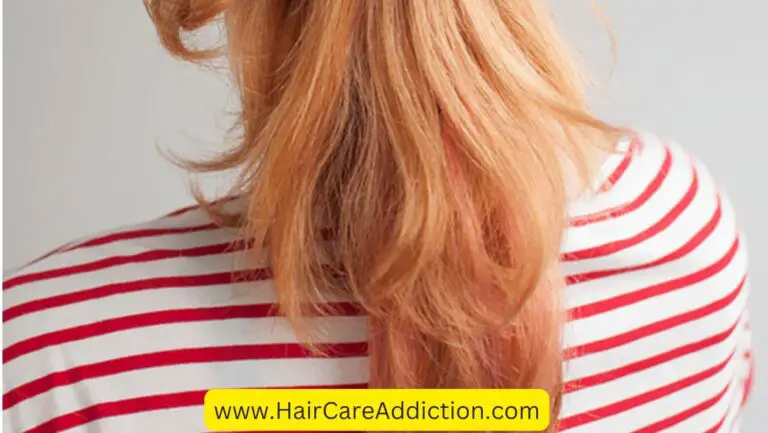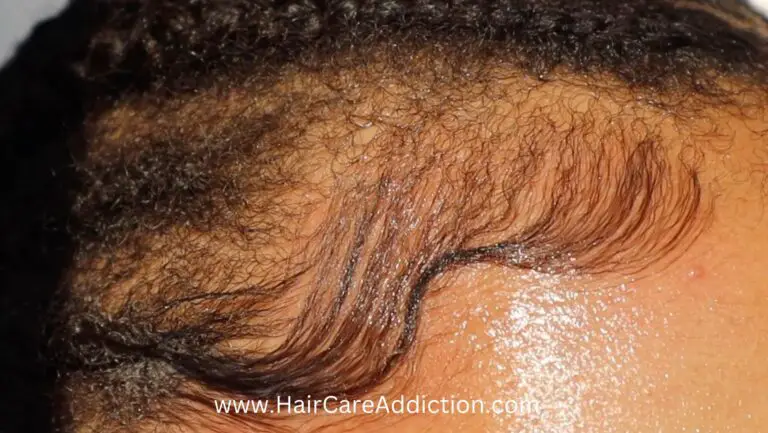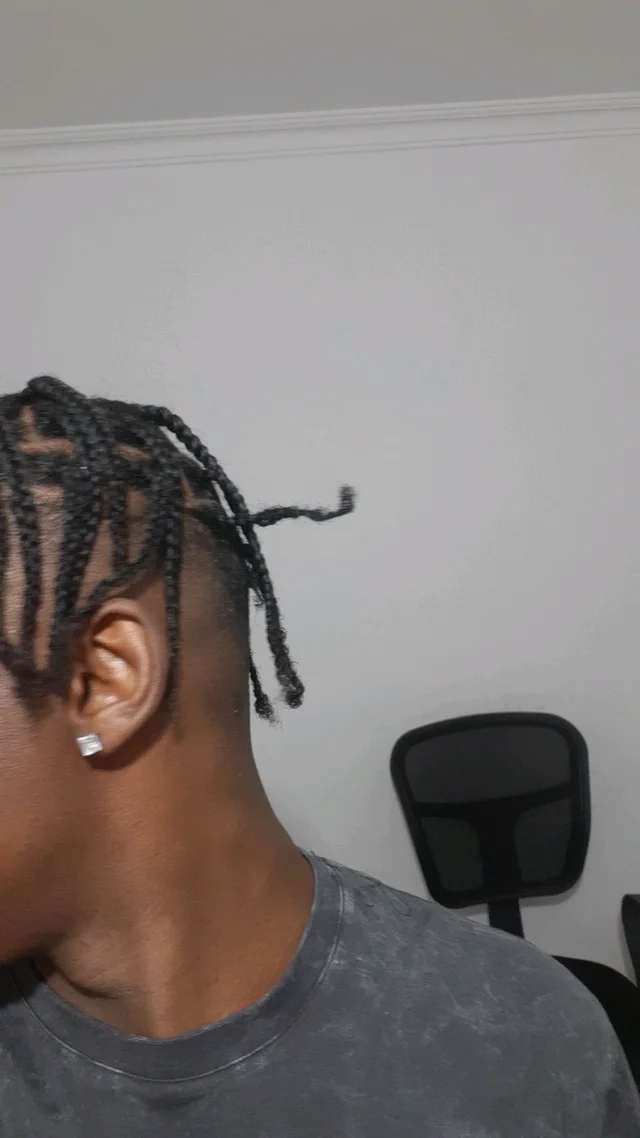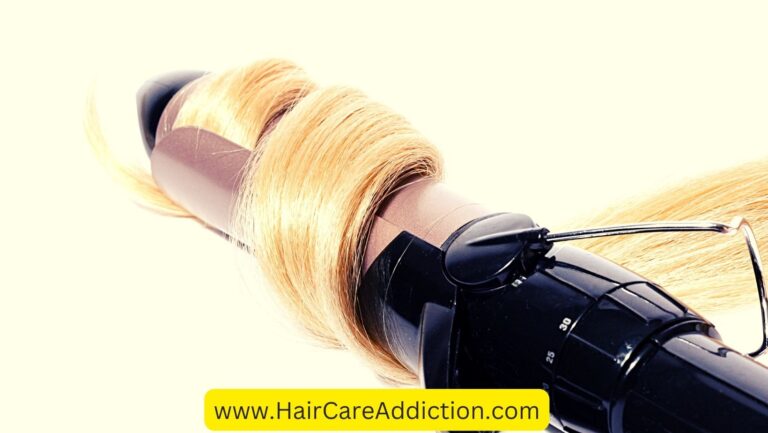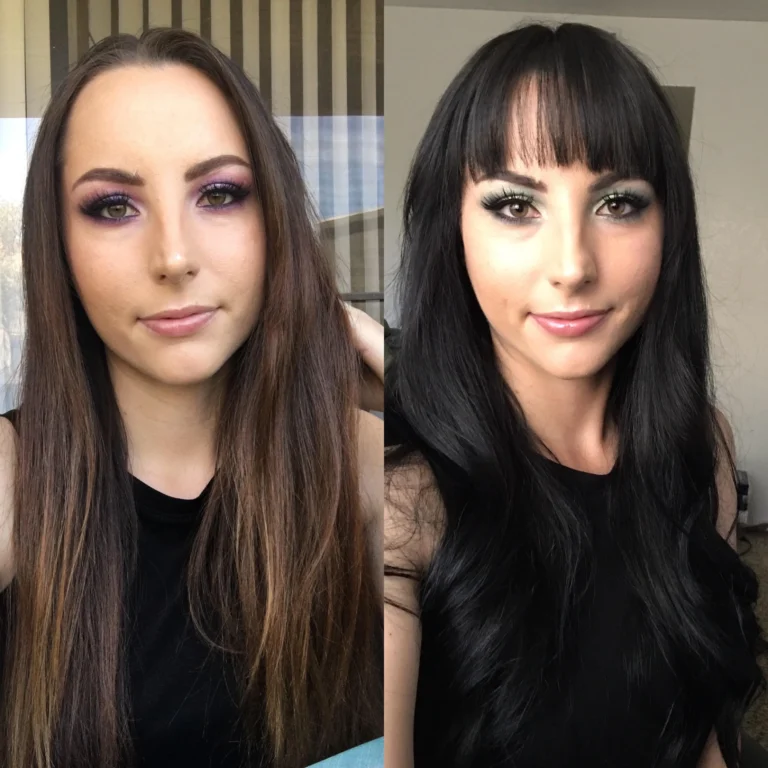Braiding Natural Hair While Wet: Is it a Good Idea

Braiding is an excellent way to protect hair from damage caused by heat styling, chemicals, and the environment.
However, many people have a question about whether to braid natural hair while they are wet or dry.
In this article, you’ll find the answer to this question, along with the pros and cons of each approach, and some tips for achieving the best results. So keep reading.
Braiding natural hair while wet: is it a good idea?
Braiding natural hair while wet can have both advantages and disadvantages. Let’s explore the pros and cons of this approach:
Pros
- Wet hair becomes easier to manipulate and style, allowing for smoother braids.
- Braiding wet hair can help retain moisture, keeping the hair hydrated for longer periods of time.
- Wet braids tend to be softer and more flexible, providing a more comfortable experience.
Cons
- Braiding wet hair can cause the hair to revert back, leading to shrinkage and a shorter appearance.
- Wet hair braids are heavier, which can create excessive pressure on the hair follicles, potentially causing damage.
- Braiding wet hair may increase the chance of mildew or fungal infections, as the moisture can become trapped within the braids.
In conclusion, while braiding wet hair has some benefits, it also comes with several drawbacks that may outweigh the advantages.
What happens if you braid wet hair

If you braid wet hair, the moisture can become trapped within the braids, leading to potential mildew or fungal infections.
Additionally, wet hair braids are heavier, which can put stress on the hair follicles and cause damage over time.
Furthermore, braiding wet hair can lead to shrinkage, making your hair appear shorter than it actually is.
How to braid out on wet natural hair
If you decide to braid your wet natural hair, follow these steps to achieve the best results:
- After washing your hair, gently towel-dry it to remove excess water.
- Apply a leave-in conditioner or moisturizing product to help retain moisture and prevent frizz.
- Section your hair and detangle each section using a wide-tooth comb.
- Create the desired braid style, making sure not to pull too tightly on the hair.
- Allow your hair to air dry completely before removing the braids to avoid frizz and potential damage.
Braiding 4c hair while wet
Braiding 4c hair while wet can be beneficial, as the hair is typically more manageable and easier to detangle when wet. However, the same pros and cons listed above for braiding wet hair still apply.
To minimize potential damage, be gentle when handling your 4c hair and ensure it is properly moisturized before braiding.
Dry or wet hair: which one is better for braiding?
Considering the pros and cons of braiding wet hair, it is generally recommended to braid natural hair when it is dry.
Dry hair is less prone to damage and fungal infections than wet hair. To achieve the best results, moisturize your hair with oil or a leave-in conditioner before braiding, which will help with manageability and protect the hair from potential damage.
Does braiding wet hair make it grow?
While braiding wet hair itself does not directly promote hair growth, protective styles like braids can help prevent breakage and damage, which can contribute to overall hair health and growth.
However, braiding wet hair can potentially cause damage due to the reasons mentioned above.
Therefore, it’s best to braid dry hair to minimize the risk of damage and promote healthy hair growth.
Why does hair clump together when wet?

When hair becomes oily and greasy, it tends to stick together, creating a stringy appearance.
People with long straight hair, as well as those with curly and wavy hair, often face this issue.
Washing with a clarifying shampoo can help remove excess oil and prevent stringy hair.
However, if your hair is still sticking together when wet, the issue isn’t solely due to oil or grease.
It’s related to the cohesion and adhesion properties of water.
Simply put, water molecules have the natural tendency to stick together or adhere to other surfaces.
When you wash your hair, the water molecules cling to each other, creating clumps.
This problem is more pronounced in people with high-porosity hair, as it absorbs more moisture and retains more water within its structure.
How to prevent wet hair from sticking together
To prevent hair from sticking together and forming clumps when wet, you can treat it with oil before washing.
This technique is called pre-poo, which stands for pre-shampoo treatment. Here are some steps to help you perform a pre-poo treatment:
- Choose an oil: Select a hair oil that suits your hair type and needs. Popular choices include coconut oil, olive oil, and argan oil.
- Apply the oil: Before washing your hair, section it and apply the oil evenly from the roots to the tips. Gently massage your scalp to help distribute the oil and stimulate blood circulation.
- Leave it on: Allow the oil to sit on your hair for at least 30 minutes or up to a few hours, depending on your hair’s needs. You can also leave it on overnight for a more intensive treatment.
- Wash your hair: After the oil has had time to penetrate your hair and scalp, wash it with a gentle shampoo and conditioner as you normally would.
To learn more about pre-poo treatments, check out this article: Pre-poo Hair Treatment: What It Is and Why You Should Do It
Additional tips for tangle-free hair
Aside from using a pre-poo treatment, here are some additional tips to prevent wet hair from clumping together:
- Use a wide-tooth comb: After washing your hair, use a wide-tooth comb to detangle your hair gently, starting at the tips and working your way up to the roots.
- Apply a leave-in conditioner: Using a leave-in conditioner can help provide extra slip and make it easier to detangle your hair when it’s wet.
- Be gentle: Avoid being rough with your hair when it’s wet, as it’s more fragile and prone to breakage. Gently pat your hair with a towel to remove excess water, rather than rubbing it vigorously.
Conclusion
In conclusion, while braiding wet natural hair has some advantages, such as easier manipulation and increased moisture retention, it also comes with several drawbacks, including potential damage, shrinkage, and increased risk of mildew or fungal infections.
To minimize these risks and promote healthy hair growth, it is generally recommended to braid your natural hair when it is dry, ensuring that it is properly moisturized and handled gently during the braiding process.
Remember to be patient with your hair and treat it with care, as healthy hair is the foundation for beautiful, long-lasting braids.

